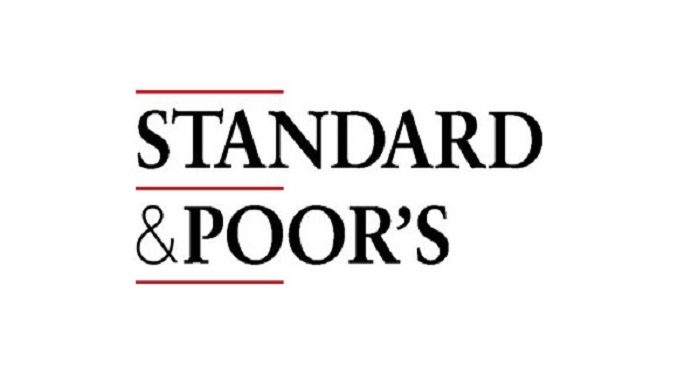
The S&P 500 index noted its biggest one-day fall in almost three months on Thursday with technology stocks leading the charge, in response to an increasingly aggressive exchange of threats between the United States and North Korea, Newsmax reports.
U.S. equities steepened their losses late in the session after President Donald Trump said his earlier warnings to North Korea may not have been tough enough. He also said the nuclear-armed nation should be “very, very nervous” if it even thinks about attacking the United States or its allies.
The president was responding to North Korea’s claim it was completing plans to fire four intermediate-range missiles over Japan to land near the U.S. Pacific territory of Guam. Investors have been jittery about North Korea since Tuesday when Trump said any threats from Pyongyang would be “met with fire and fury like the world has never seen”.
The S&P’s record close on August 7 likely helped fuel its latest sell-off.
“When investors are optimistic to the extreme, it means that most of their money is already in the market and there’s no more money coming in,” Bruce Bittles, chief investment strategist at Robert W. Baird & Co in Sarasota, Florida.
The Dow Jones Industrial Average closed down 204.69 points, or 0.93 percent, at 21,844.01, the S&P 500 lost 35.81 points, or 1.45 percent, to end the session at 2,438.21 and the Nasdaq Composite fell 135.46 points, or 2.13 percent, to 6,216.87.
The last time the S&P closed down more than 1 percent was May 17 when it fell 1.8 percent. It is now on track for its biggest weekly drop since the week before the Nov. 8 U.S. presidential election.
The technology sector was the S&P’s biggest drag with a 2.2 percent drop. It has been the leading S&P gainer so far this year, making it particularly vulnerable to a decline.
“Since these are the stocks that have been in the spotlight the most, they tend to have the most volatility upwards and downwards,” said Chris Bertelsen, chief investment officer of Aviance Capital Management in Sarasota, Florida.
Investors instead turned to safe-haven assets such as gold, pushing it to a two-month high, and the Japanese yen rose. The utilities index, often seen as a bond proxy because of its companies’ slow reliable growth and high dividends, was the only S&P sector that ended the day up, showing a 0.25 percent gain.
The CBOE Volatility Index, a barometer of expected near-term stock market volatility, closed at its highest since the election.
Macy’s shares closed down 10.2 percent and Kohl’s fell almost 6 percent as the companies continued to report a drop in quarterly same-store sales, stoking concerns that their turnarounds may still be a long way off.
Selling was broad. Declining issues outnumbered advancing ones on the NYSE 6-to-1; on Nasdaq, a 3.60-to-1 ratio favored decliners.
About 7.5 billion shares changed hands on U.S. exchanges, well above the 6.25 billion average for the last 20 days.

Be the first to comment